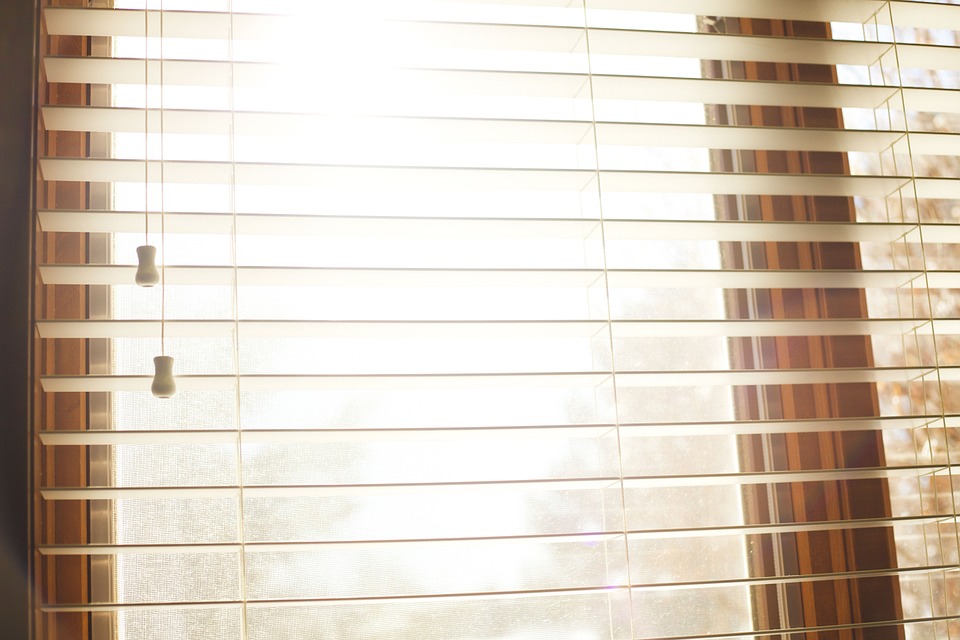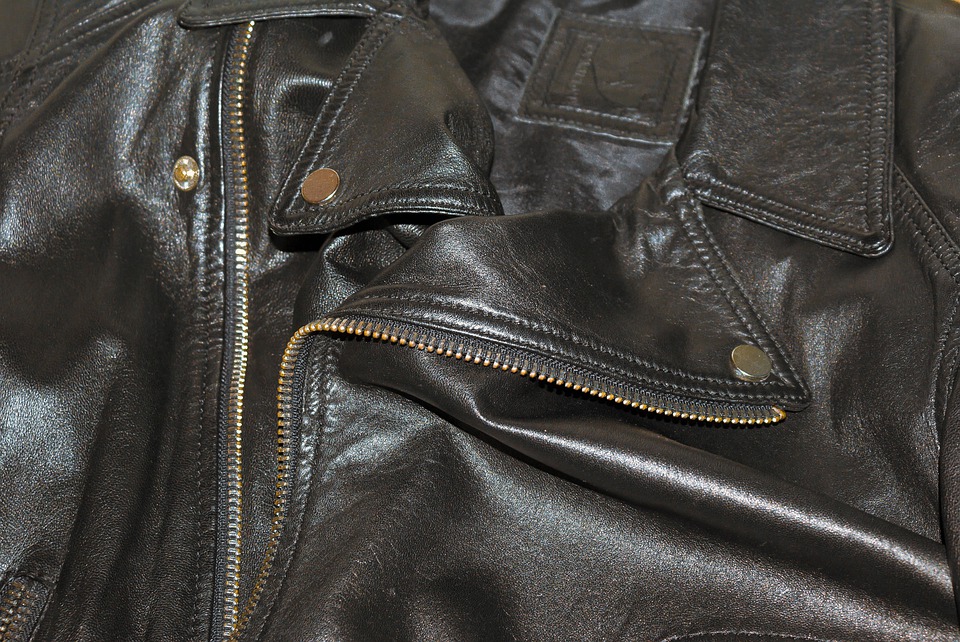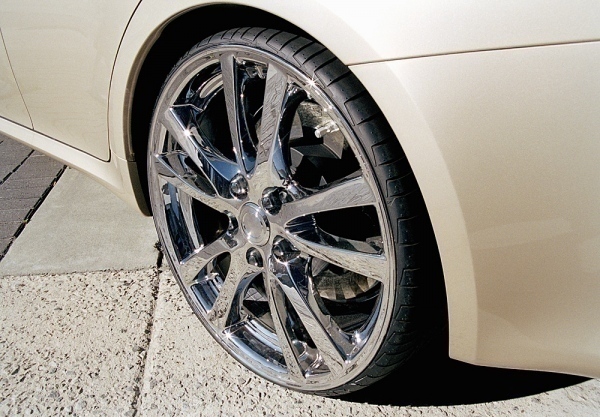With the invention of plastic comes a whole variety of usable materials and equipment. One particularly useful way to apply our technology on plastic is to use this material as a protective surface. So today, we have plastic coverings for a variety of surfaces which includes our counter tops. One interesting thing about plastic surfaces is that it is usually very easy to clean. Cleaning plastic surfaces will require the usual cleansers and cleaning implements you normally would use.
Required Cleaning Implements
Here are the things you’ll need in cleaning plastic surfaces. You’ll need a spray kitchen cleaner, a mild detergent, and a sponge. Take note that when you use these cleansers be careful not to scratch the surface so as to keep the plastic smooth with a glossy finish.
Other stuff that you will need will include a bucket, water, a vegetable brush, and a mild glass cleaner. To wipe things clean when you’re done, you’ll need soft cloths and soft paper towels.
Cleaning Plastic Surfaces
Mix a small amount of mild detergent in a bucket of water. If in case your sink is not in use and the area you’re cleaning is right by it then mix the detergent in your sink. A bucket, obviously, will allow you to move around in case the plastic surface you’re cleaning is in another nearby area.
Soak a soft cloth in the detergent solution you just made and use it to wipe dirt and grime. This is basically the sum of the process of cleaning plastic surfaces. If you’re lucky and the dirt isn’t that bad, this will be all that you will be doing and then you rinse off the detergent.
When cleaning plastic surfaces, work your way through from the top to bottom. Use a kitchen cleaner and spray the area as an added help. Now, you’ll definitely encounter tough areas that will require added work. Use a sponge for the stubborn dirt that just won’t come off. A little warning though is that even if you’re using a sponge, be careful not to apply too much pressure as that will also damage the plastic surface.
Some plastic surfaces are textured so using a sponge won’t help that much. This is where your soft vegetable brush comes into play. As always, brush gently to avoid scratch marks on the surface you’re cleaning. A good tip is to always brush or scrub in a circular motion.
Finish
Here are the last steps in cleaning plastic surfaces. Using a soft clean cloth, wipe away any remaining cleansers on the surface. Rinse areas where the solution remains with a clean moistened cloth. Dry the entire surface with a soft cloth and buff it using a soft paper towel. To take care of the streaks, spray the surface with a mild glass cleaner and wipe it away with a clean cloth.



